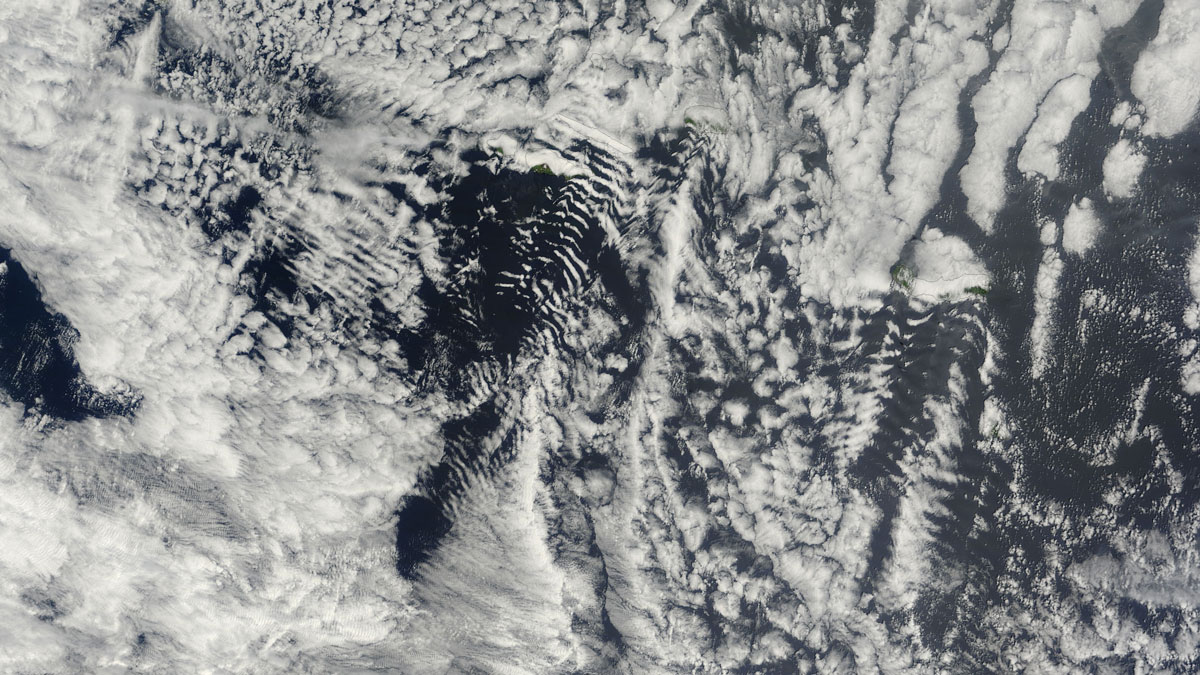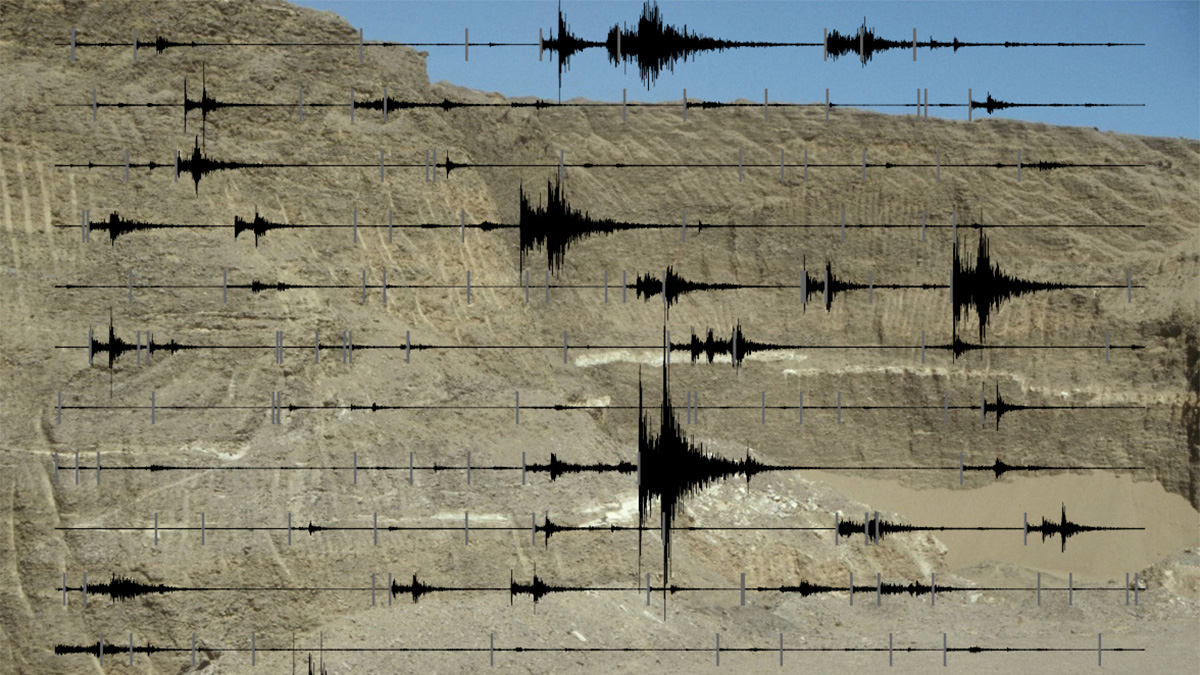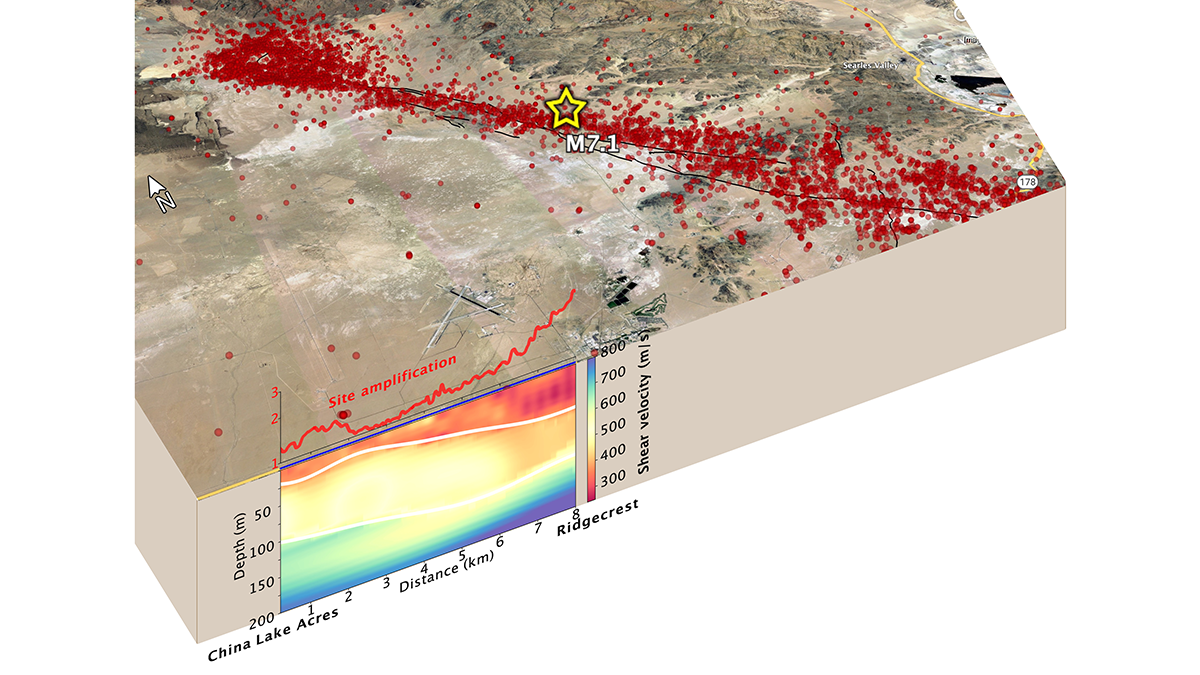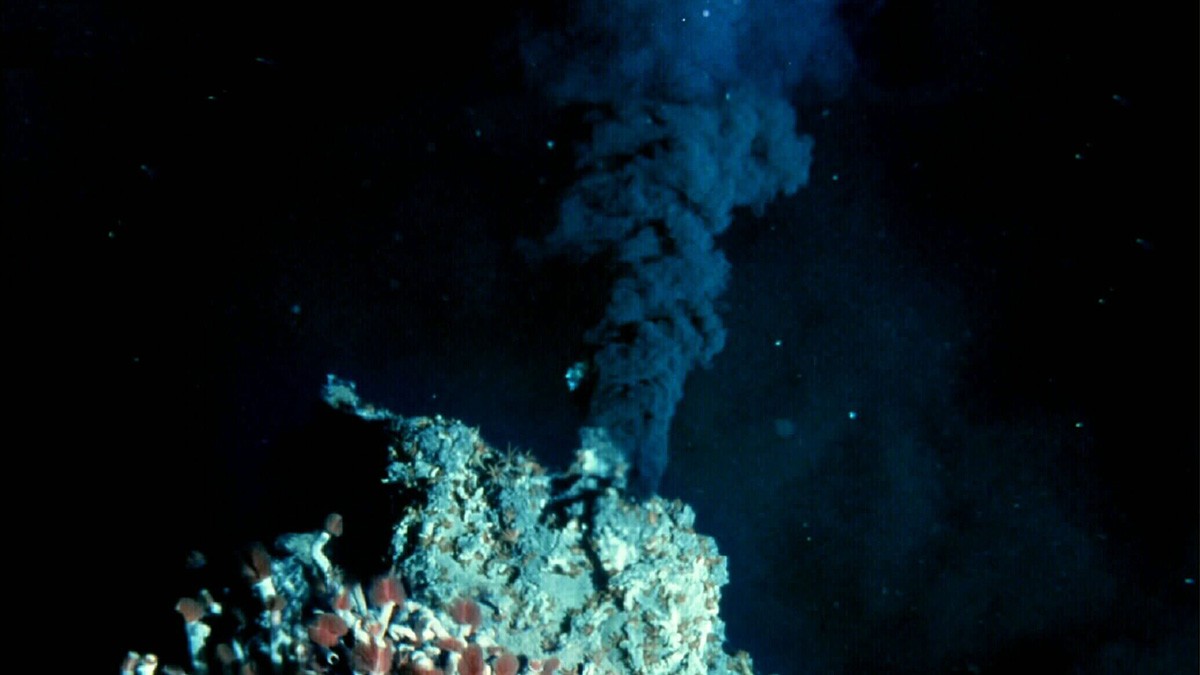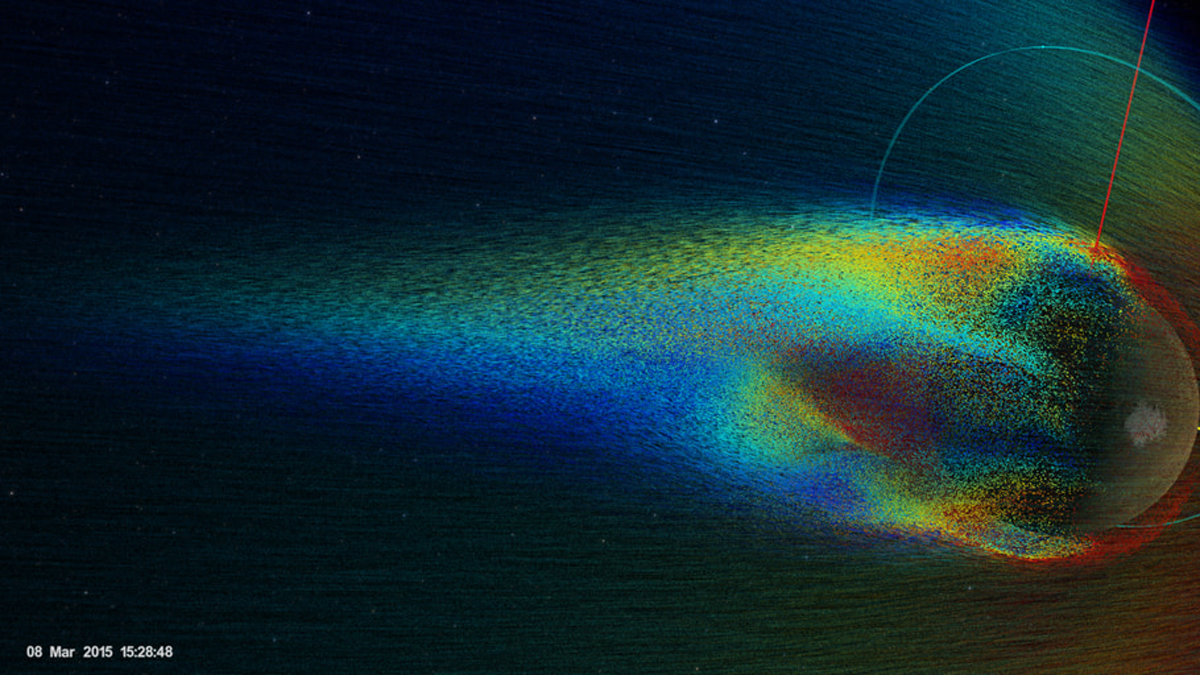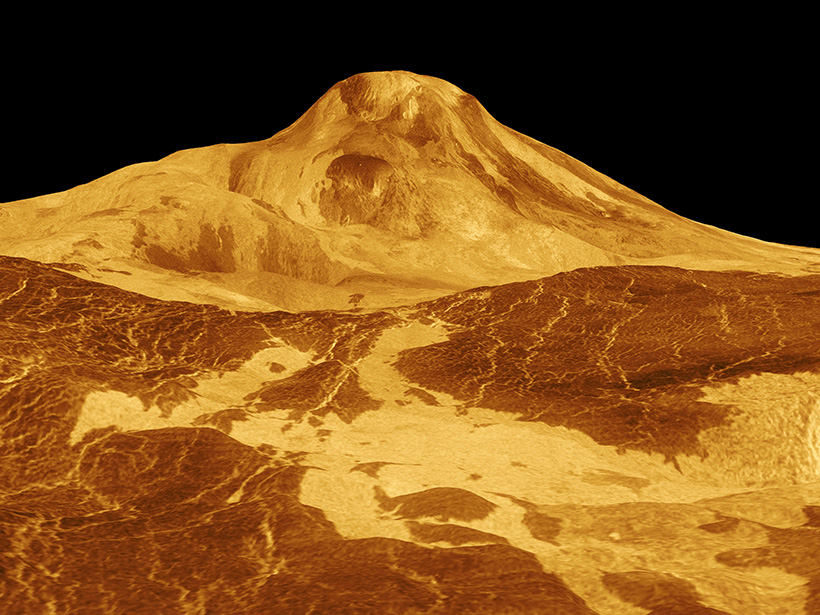By using novel aircraft measurements over the eastern North Atlantic Ocean, researchers shed light on the relationship between common marine biogenic gases and the microphysical properties of clouds.
Research Spotlights
Research spotlights are plain-language summaries of recent articles published in AGU’s suite of 24 journals.
A Fresh View of Microbial Life in Yellowstone’s Hot Springs
Research on the habitat ranges of microorganisms in Yellowstone’s hot springs reveals an overlap between cyanobacteria and algae.
Comparing Machine Learning Models for Earthquake Detection
A new study evaluated the performance of emerging deep learning models for earthquake detection, phase identification, and phase picking.
Probing the Mysteries of Deep, Dense Antarctic Seawater
Twelve freely drifting Deep Argo floats reveal year-round dynamics of bottom water flow in the Australian-Antarctic Basin.
Fiber-Optic Cables Can Produce High-Resolution Underground Maps
Telecom fiber repurposed as distributed acoustic sensing arrays can image near-surface structure and potentially improve seismic hazard mapping in urban areas.
Exploration and Evaluation of Deep-Sea Mining Sites
Two studies chart new territory for the fledgling deep-sea mining industry through advances in the identification and analysis of seafloor hydrothermal mounds.
Measuring Carbon Ion Loss from the Martian Atmosphere
The flux, observed with NASA’s MAVEN spacecraft, is in line with models and 1–2 orders of magnitude lower than that of oxygen ions.
¿Es Venus volcánicamente activo? Nuevo enfoque podría proporcionar una respuesta
Una estrategia que combina la cartografía geológica con datos sobre cómo la superficie del planeta emite y absorbe la radiación de microondas podría potencialmente identificar flujos de lava recientes.
Western U.S. “Megafloods” Might Not Have Been So Mega
The flooding that carved eastern Washington State 20,000 to 12,000 years ago could have been 80% smaller than the canyons’ volume today.

